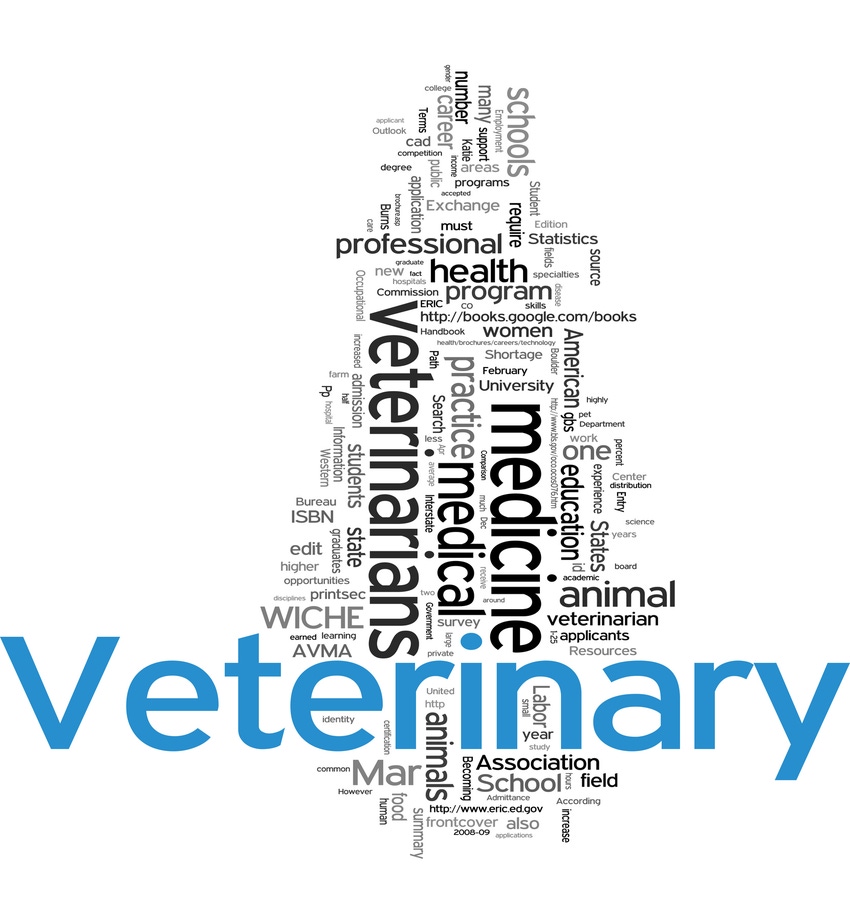Paper reviews food animal veterinarian recruitment, retention
CAST assembled task force to examine economic and social factors that help inform recruitment and retention of veterinarians working with food-producing animals.
April 6, 2020

Food animal veterinarians (FAVs) are vital for the health and well-being of the food supply, but the profession faces challenges that are not well understood, which ultimately impacts the workforce’s ability to recruit and retain professionals, according to a new paper published by the Council for Agricultural Science & Technology (CAST).
“FAVs are key to providing the world with a safe and secure food supply,” said Dr. Christine Navarre of Louisiana State University, who chaired the task force charged with preparing the paper. “They work directly with producers to ensure the health and welfare of food-producing animals as well as working in food safety and other public health areas.”
Navarre, along with other veterinary scientists and experts, focused on two themes affecting the profession: economic and social factors.
The authors describe economic challenges as changes in the agricultural industry that affect supply and demand, CAST said in an announcement. The latter are often informed by available databases, for example, the American Veterinary Medical Assn.’s membership database, which represents 82% of U.S. veterinarians. However, it is difficult to determine how many individuals in the database work with food-producing animals due to missing or outdated self-reported information, CAST said.
Other inconsistencies also cause issues in workforce studies that are often used to inform the amount of FAV professionals in the workforce and how many are needed. “A lack of detailed employment data, differences in methodology and an ever-changing animal agricultural landscape make predicting how many FAVs are needed difficult," Navarre added.
Social factors also influence students’ and professional veterinarians’ choices for where and what they practice, CAST noted. Among the top social challenges include the student’s income-to-debt ratio, which is considerably high for FAVs. Many veterinarians also cite the lack of support in rural agricultural communities among the barriers that discourage them from pursuing this type of work. For example, veterinarians with spouses tend to search for communities in which their spouse may find a career.
While there are challenges to building a strong FAV workforce, the CAST paper’s authors outline strategies that may increase recruitment and retention for the profession.
“Despite the difficulties, FAVs and the producers they serve are innovative and adaptable and will find ways to keep providing for the health and welfare of food animals and producing safe and affordable food,” Navarre said.
The paper, "Impact of Recruitment & Retention of Food Animal Veterinarians on the U.S. Food Supply," is available to download for free on the CAST website.
A free webinar on the paper is scheduled for April 7 at noon CST.
You May Also Like



